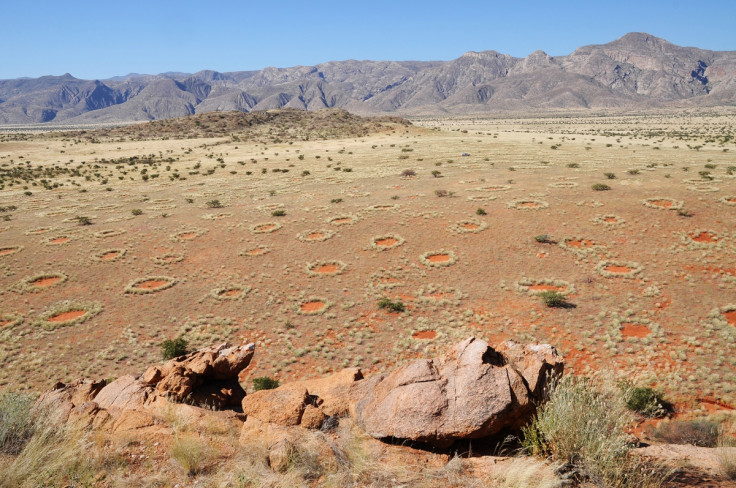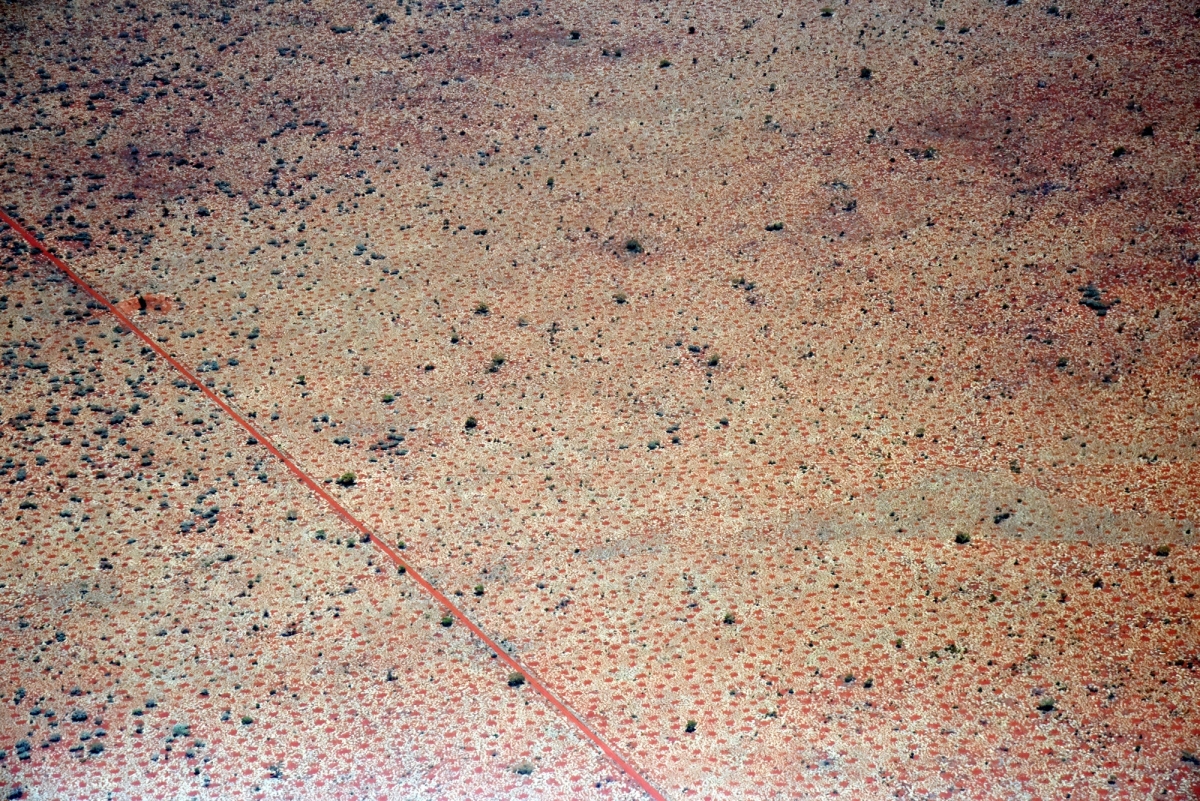Fairy circles discovered in Australian outback identical to mystery rings seen in Africa
Fairy circles, a phenomenon where huge rings of bare soil appear in grasslands, have been observed in the Australian outback. This is the first time fairy rings have been documented outside of Africa, providing researchers with a greater insight as to why these features - dubbed one of nature's greatest mysteries - form.
Fairly circles are found across southwestern Africa, most notably in Namibia where they are particularly common. Ranging from between two and 15 metres in diameter, what causes these features has long baffled scientists. In the past, researchers have said they were caused by termite mounds, while others have suggested they appear as a result of resource competition among vegetation.
However, the latter assumption comes with one major caveat. Pattern formation theory says that if the circles come from a system governed by plant growth and water transportation, then they should be seen across all arid ecosystems – not just in Africa.

An international team of researchers, led by Stephan Getzin of the Helmholtz Centre for Environmental Research – UFZ, in Germany, have now found near-identical fairy circles in the western Australian outback. Their findings are published in the journal PNAS.
"Vegetation gap patterns in arid grasslands, such as the 'fairy circles' of Namibia, are one of nature's greatest mysteries and subject to a lively debate on their origin," the authors wrote. "Here we report that so far unknown fairy circles with the same spatial structure exist 10,000 km away from Namibia in the remote outback of Australia."
The team used a combination of fieldwork, spatial pattern analysis, remote sensing and mathematical modelling to show that these patterns emerged through self-organisation – with the driving factor being biomass and water feedback. Analysis of the Australia fairy circles shows there was a big difference between the soil of the circles and the surrounding vegetation.

This, they say, indicates rain that falls on the circles flows towards the vegetation as a run-off, where it seeps into the ground and promotes more vegetation growth. This theory was then replicated through their mathematical models.
After comparing the Australian fairy circles with those found in Namibia, they found the two sites were almost identical. As a result, they said the circles must appear from self-organisation and "are likely more common in remote drylands than is currently known".
"We demonstrate that these patterns emerge by self-organisation, with no correlation with termite activity ... The remarkable match between the patterns of Australian and Namibian fairy circles and model results indicate that both patterns emerge from a non-uniform stationary instability, supporting a central universality principle of pattern-formation theory."
They now plan to carry out further research on the Australian fairy circles to work out the times scales over which they emerge, expand and die.





© Copyright IBTimes 2025. All rights reserved.






















